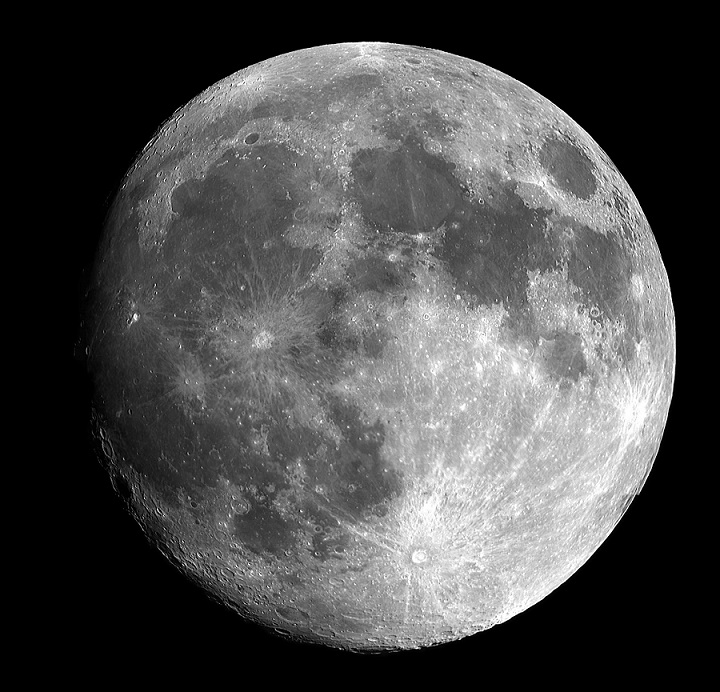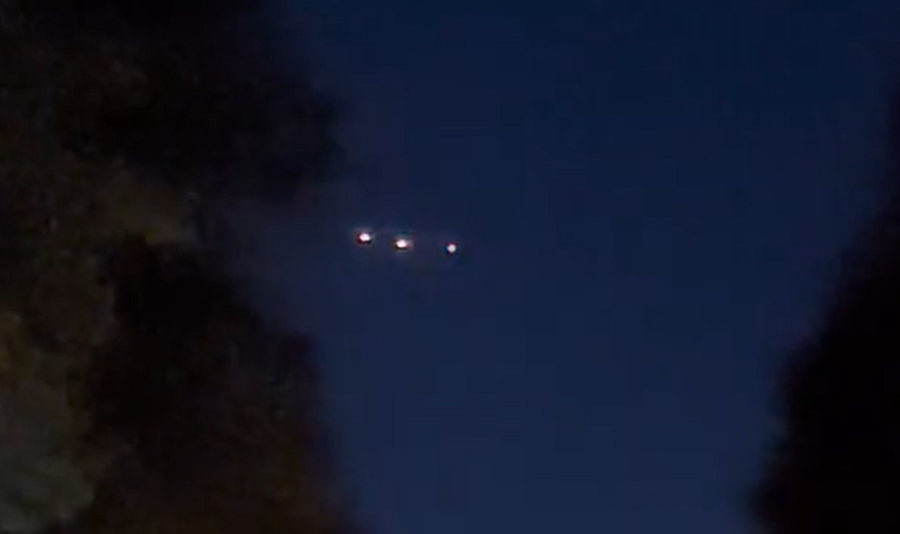Anomalous Mass Detected beneath Moon's Largest Crater
An enormous mass of mysterious material was recently detected beneath the Moon's largest crater; the South Pole-Aitken basin. The mass may consist of metal left by an asteroid impact, according to a study authored by Peter B. James, Ph.D., an assistant professor of planetary geophysics in Baylor's College of Arts & Sciences.
"Imagine taking a pile of metal five times larger than the Big Island of Hawaii and burying it underground. That's roughly how much unexpected mass we detected," said James.
The study, titled Deep Structure of the Lunar South Pole‐Aitken Basin, was published to the journal Geophysical Research Letters in April.
According to the study:
The South Pole‐Aitken basin is a gigantic impact structure on the far side of the Moon, with an inner rim extending approximately 2,000 km in the long axis dimension. The structure and history of this basin are illuminated by gravity and topography data, which constrain the subsurface distribution of mass. These data point to the existence of a large excess of mass in the Moon's mantle under the South Pole‐Aitken basin. This anomaly has a minimum mass of 2.18 × 1018 kg and likely extends to depths of more than 300 km. Plausible sources for this anomaly include metal from the core of a differentiated impactor or oxides from the last stage of magma ocean crystallization. Although the basin‐forming impact event likely excavated the vast majority of the preexisting crust, the present‐day crust of the basin interior is at least 16 km thick in undisturbed regions.
"When we combined [data from spacecrafts] with lunar topography data from the Lunar Reconnaissance Orbiter, we discovered the unexpectedly large amount of mass hundreds of miles underneath the South Pole-Aitken basin," James said. "One of the explanations of this extra mass is that the metal from the asteroid that formed this crater is still embedded in the Moon's mantle."
The study’s findings have caused a stir in the paranormal community, provoking continued speculation on the presence of alien bases in the moon. Some believe that the Moon is a hollow spacecraft created by extraterrestrials in Earth’s distant past, while others think that it’s a natural object within which secretive outposts have been placed—either by otherworldly intelligences or our own secret government.
The Hollow Moon/Spaceship Moon hypothesis relies on the suggestion that large lunar craters—believed to be the result of impact by meteors and asteroids—are too shallow, and have flat or convex bottoms. It's hypothesized by believers that smaller objects impacting the Moon make a cup-shaped depression, while larger objects impact with enough force to penetrate to the armored hull underneath its rocky surface; they bounce off of this impenetrable hull, creating a convex mound. Mainstream science explains this effect by stating that large objects strike with such force that the lunar surface is liquified, rebounding and forming a convex mound known as a ‘central peak’.
The Moon has also been described as "ringing as a bell" during 'moonquakes' recorded by seismometers installed between 1972 and 1977 by the Apollo missions. This has caused some to speculate the Moon must be hollow like a bell, although lunar seismology experiments done since then appear to show that shallow 'moonquakes' simply act differently than quakes on Earth due to differences in texture, type, and density of the planetary strata.
While there is no conclusive proof to support the existence of secret bases in the Moon, the detection of a seemingly metallic substance beneath the South Pole-Aitken basin has encouraged conspiracy theorists to continue their belief that the lunar body holds secrets kept from mankind.
If you enjoyed this article and would like to support the Singular Fortean Society, please consider becoming an official member by signing up through our Patreon page—membership includes a ton of extra content and behind-the-scenes access to the Society’s inner workings.

















